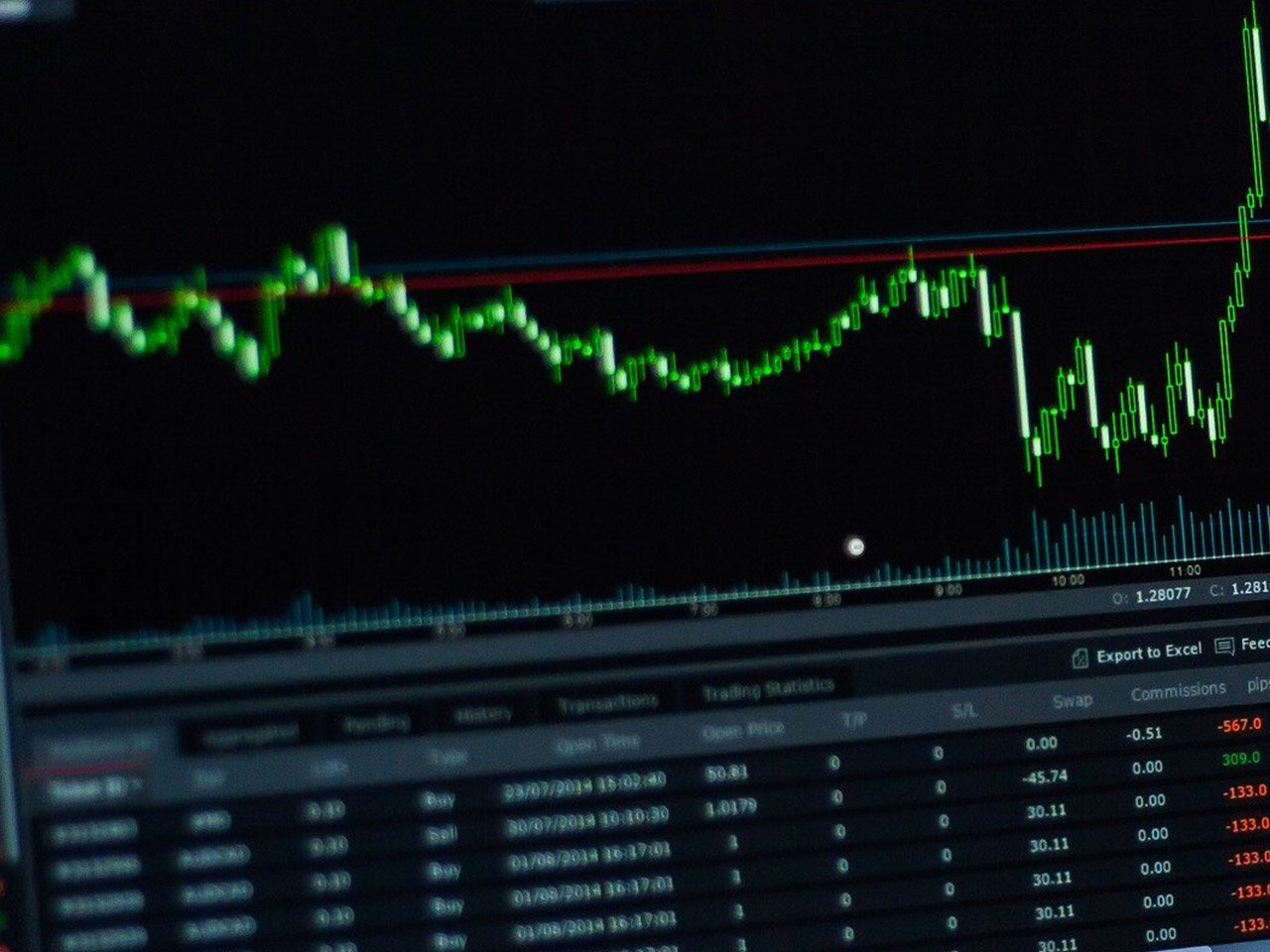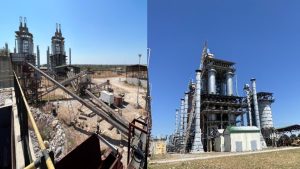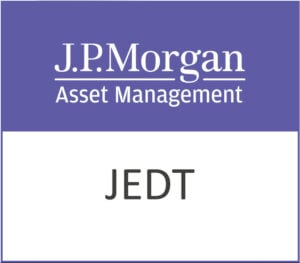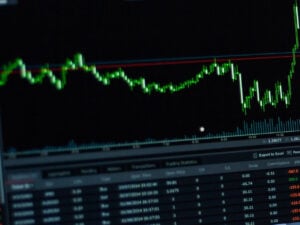Chevron Corporation (CVX), a titan in the integrated oil and gas industry, continues to command attention with its vast market capitalization of $313.45 billion. As one of the stalwarts in the energy sector, Chevron operates in both upstream and downstream segments, ensuring a broad operational footprint that spans exploration, production, refining, and marketing of oil and gas products. Headquartered in Houston, Texas, this American giant has a storied history dating back to 1879, reflecting its resilience and adaptability in an ever-evolving energy landscape.
Currently trading at $155.57, Chevron’s stock price hovers near the mid-point of its 52-week range of $133.73 to $168.51. This position reflects a nuanced market sentiment where a modest price change of 0.01% underscores investor caution amid fluctuating global oil prices and economic uncertainties. Despite a lack of trailing P/E and PEG ratios, the forward P/E ratio stands at 18.63, suggesting a valuation that may appeal to investors seeking stability in earnings, especially in a volatile sector.
Chevron’s financial performance presents a mixed bag. While the company boasts an impressive earnings per share (EPS) of 7.76 and a return on equity (ROE) of 8.96%, it has faced a revenue contraction of 10.70%. Such a decline could be attributed to various external factors, including market volatility and geopolitical tensions impacting oil demand and pricing. Nevertheless, Chevron’s ability to generate robust free cash flow, totaling over $14.4 billion, provides a cushion for future investments and shareholder returns.
Dividend-seeking investors might find Chevron’s 4.40% yield attractive, although its high payout ratio of 85.97% could raise concerns about sustainability if earnings do not stabilize. This aspect of Chevron’s financials underscores the importance of monitoring its strategic moves in renewable energy and carbon management to diversify income streams and mitigate risks associated with fossil fuel dependency.
Analyst sentiment towards Chevron remains largely positive, with 15 buy ratings compared to 11 holds and only a single sell recommendation. The consensus average target price of $170.07 suggests a potential upside of 9.32% from the current levels, offering a compelling case for value investors. However, the target price range is notably wide, spanning from $124.00 to $197.00, reflecting varied expectations about Chevron’s ability to navigate current challenges and capitalize on future opportunities.
Technical indicators provide additional insights into Chevron’s market positioning. The stock is trading close to its 50-day moving average of $155.93, while comfortably above the 200-day moving average of $151.00, indicating a generally upward trend. The Relative Strength Index (RSI) at 64.41 suggests that the stock is approaching overbought territory, which could signal a near-term pullback. Meanwhile, the MACD and signal lines both remain in negative territory, hinting at potential bearish momentum that investors should watch closely.
In the broader context of energy transition and sustainability, Chevron’s ongoing investments in renewable fuels and carbon capture technologies are strategic pivots that could redefine its growth trajectory. As the company continues to balance traditional operations with future-ready initiatives, investors will need to weigh these factors alongside core financial metrics to make informed decisions.
For individual investors, Chevron offers a blend of income potential and growth prospects, albeit with inherent risks typical of the energy sector. As the global energy narrative shifts, Chevron’s adaptability and strategic foresight will be crucial in determining whether it can maintain its legacy of delivering value to shareholders.











































